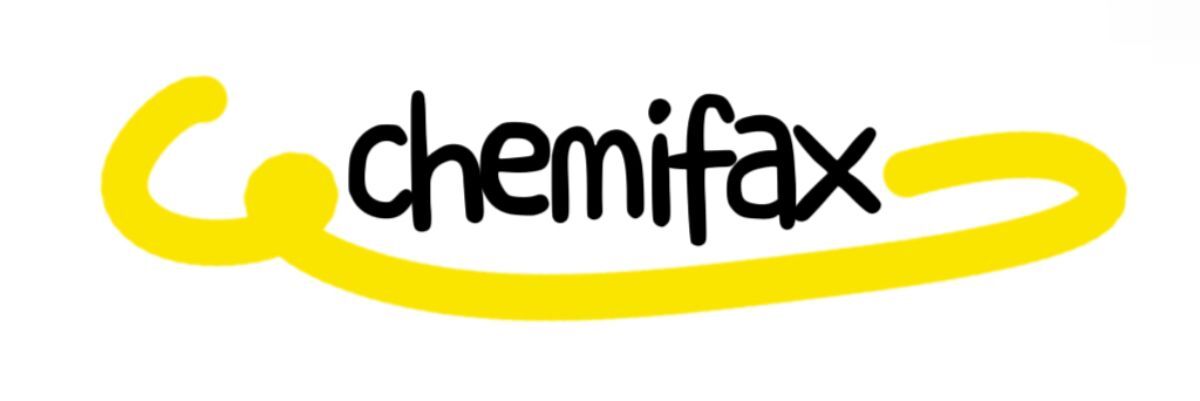Silane Production: Traditional Methods vs. Modern Innovations Explored
# Silane Production: Traditional Methods vs. Modern Innovations Explored.
Silane production is an essential process in various industries, particularly in the manufacture of silicone polymers, semiconductors, and solar cells. This article aims to delve into the intricacies of silane production, contrasting traditional methods with modern innovations. By examining their functions, advantages, and application scenarios, we offer an objective analysis that integrates technical details and industry relevance.
## Traditional Methods of Silane Production.
Historically, silane production primarily involved the direct reaction of silicon with hydrogen, often using high temperatures and pressures. The most common method is the **hydrosilylation process**, where a silicon source reacts with chlorosilane intermediates. In this method, chlorinated compounds, such as trichlorosilane (SiHCl3), serve as crucial building blocks.
### Key Features of Traditional Methods.
1. **High Energy Requirements**: Traditional methods often require significant energy input due to high temperatures and pressures. This can lead to increased operational costs and carbon footprint.
2. **Limited Purity Levels**: The by-products generated during these reactions can affect the purity of the final silane product, making it less suitable for sensitive applications.
3. **Batch Production**: Many traditional methods utilize batch processes, which can limit production flexibility and responsiveness to market demand.
While these methods have served the industry for decades, they face increasing pressure to evolve due to advancing technology and changing market needs.
## Modern Innovations in Silane Production.
In recent years, new methods and technologies have emerged, optimizing silane production by enhancing efficiency, reducing costs, and improving product quality. **Plasma-enhanced chemical vapor deposition (PECVD)** and **microfluidics** are two standout innovations worth discussing.
### Advancements in Production Techniques.
1. **Plasma-Enhanced Chemical Vapor Deposition (PECVD)**: PECVD allows silane deposition at lower temperatures and higher rates. It utilizes a plasma field to promote chemical reactions, yielding high-quality films with minimal impurities. This method is particularly beneficial in semiconductor manufacturing, where precision and control are paramount.
2. **Microfluidics**: This innovative approach streamlines the production process using small-scale, controlled environments. By manipulating fluids at a micro-level, manufacturers can achieve higher accuracy in reactant ratios, leading to better yields and more consistent product quality.
### Advantages of Modern Innovations.
1. **Increased Efficiency**: Both PECVD and microfluidics promote faster reaction times and reduce energy consumption, enhancing overall production efficiency.
2. **Higher Purity Levels**: The controlled environments in modern processes significantly minimize contamination risks, resulting in purer silane products that meet rigorous industry standards.
3. **Production Flexibility**: These innovations allow for more agile manufacturing processes, adaptable to changing market demands, enabling companies to respond swiftly to new opportunities.
## Practical Applications and Industry Relevance.
Silane plays a vital role across various sectors, including construction, electronics, and renewable energy. Its unique properties, such as adhesion, water repellency, and thermal stability, make it indispensable in manufacturing silicone sealants, coatings, and photovoltaic panels. .
### Industry Analysis.
- **Construction**: In construction, silanes enhance the durability of building materials by improving water repellency and protecting structures from environmental damage.
- **Electronics**: The semiconductor industry relies heavily on silane for dielectric films and passivation layers, where purity and consistency are crucial.
- **Renewable Energy**: Solar cell production utilizes silane to create high-efficiency solar panels, facilitating the transition to sustainable energy.
## Conclusion: Embracing the Future of Silane Production.
As silane production continues to evolve, both traditional methods and modern innovations hold valuable insights for manufacturers. While traditional methods paved the way for silane's industrial applications, today's advancements reflect a commitment to efficiency, purity, and flexibility. .
Manufacturers facing challenges in production efficiency or quality should consider adopting modern techniques such as PECVD and microfluidics to enhance their silane production capabilities. The future of silane production is bright, fostering a landscape ripe for innovation and sustainability. .
For those involved in industries dependent on silane, now is the time to evaluate your production methods and explore the potential benefits of modern technologies to stay competitive and responsive to market demands.
The company is the world’s best Customizable Silicone Oil, Specialty Silicones Manufacturer & Supplier supplier. We are your one-stop shop for all needs. Our staff are highly-specialized and will help you find the product you need.
105
0
0

Comments
All Comments (0)